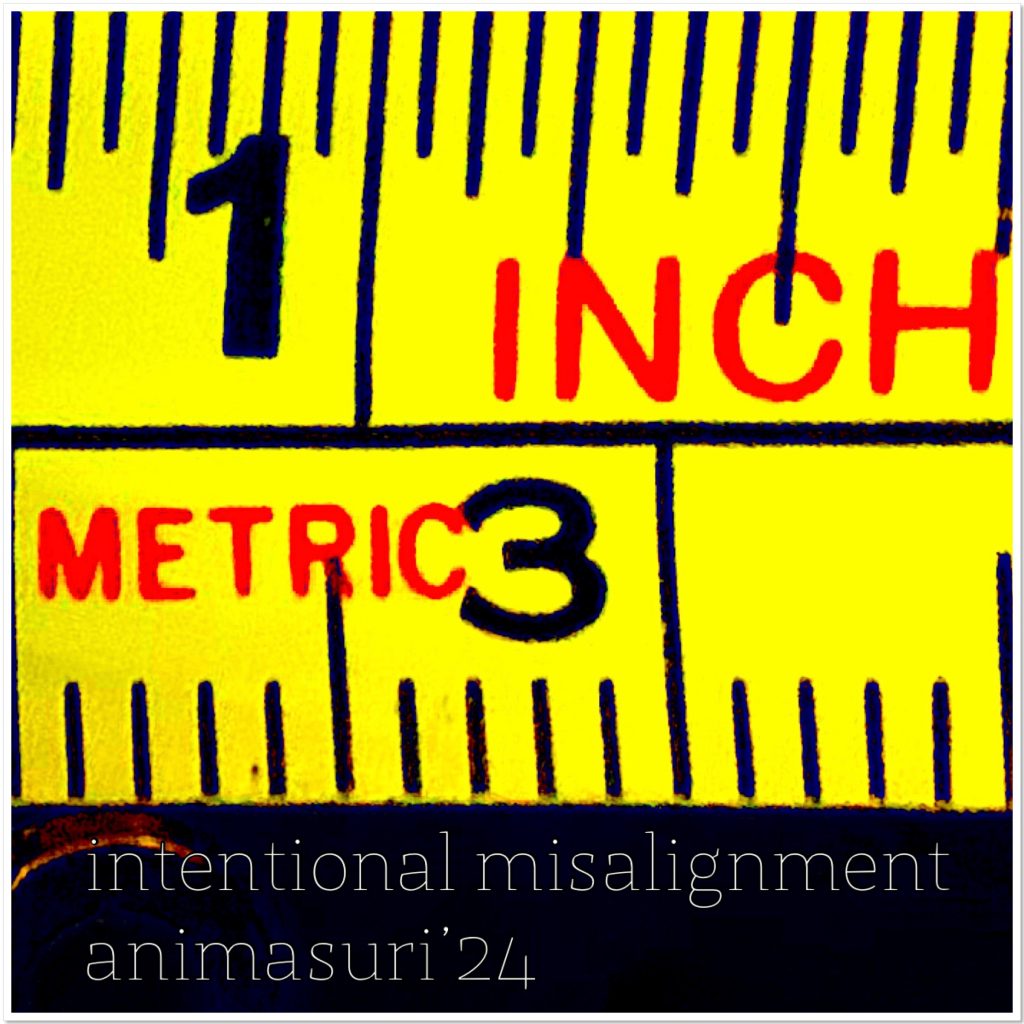ideas are cheap
as are microbes
entities entitled to be ignored
expensive when dismissed
festering or withering alike
said to influence
thoughts, emotion
perhaps cognition,
behavior, interaction
who imagines consciousness
they house complex ecosystems
Intricate communities
astonishing architectures
hidden lines of communication
blushed upon depths of relations
they are the gods of the gut
the piping that connects us
the channels of chatter
are housing life as we speak
as we almost psychotically claim as deny
as datapoints unmeasured
inferred speculatively
the gem of a germ
convoluted as with ideas
bugs battering with bother
To some things,
they are hallucination
as a math menace
perhaps different from
adding one and one
claiming four
In the flesh though
“it’s what you know
for sure that just ain’t so”
that makes the authoritative
world of microbes and ideas
go round
—animasuri’24
—-•
triggers
Clark, A., Chalmers, D. (1998). The Extended Mind. IN: Analysis, Volume 58, Issue 1, January 1998, Pages 7–19, https://doi.org/10.1093/analys/58.1.7
Cryan, J. F., & Dinan, T. G. (2012). Mind-altering microorganisms: the impact of the gut microbiota on brain and behaviour. IN: Nature reviews. Neuroscience, 13(10), 701–712. https://doi.org/10.1038/nrn3346
Heersmink, R. (2017). “A Virtue Epistemology of the Internet: Search Engines, Intellectual Virtues and Education.” Social Epistemology, 31(1), 1-12. https://philpapers.org/rec/HEEAVE
Lessig, L. (2006). Code: Version 2.0. Basic Books. Open Access: http://codev2.cc/
Nath K, Thaiss CA.2019.Digitalizing the Microbiome for Human Health. mSystems4:10.1128/msystems.00129-19. https://doi.org/10.1128/msystems.00129-19
Mauro, G., Moretti, R., Tiribelli, C. (2023). Gut Microbes Meet Machine Learning: The Next Step towards Advancing Our Understanding of the Gut Microbiome in Health and Disease. IN: International Journal of Molecular Sciences 24, no. 6 (January 2023): 5229. https://doi.org/10.3390/ijms24065229.
Mayer, E. A., Knight, R., Mazmanian, S. K., Cryan, J. F., & Tillisch, K. (2014). Gut microbes and the brain: paradigm shift in neuroscience. The Journal of neuroscience : the official journal of the Society for Neuroscience, 34(46), 15490–15496. https://doi.org/10.1523/JNEUROSCI.3299-14.2014
Sarkar, A., Lehto, S. M., Harty, S., Dinan, T. G., Cryan, J. F., & Burnet, P. W. J. (2016). Psychobiotics and the Manipulation of Bacteria-Gut-Brain Signals. Trends in neurosciences, 39(11), 763–781. https://doi.org/10.1016/j.tins.2016.09.002
Slaby, J., & Gallagher, S. (2015). “Critical Neuroscience and Socially Extended Minds.” Theory, Culture & Society, 32(1), 33-59.
Smart, P., Heersmink, R., Clowes, R.W. (2017). The Cognitive Ecology of the Internet. IN: Cowley, S., Vallée-Tourangeau, F. (eds) Cognition Beyond the Brain. Springer, Cham. https://doi.org/10.1007/978-3-319-49115-8_13
not Mark Twain. https://quoteinvestigator.com/2018/11/18/know-trouble/?amp=1
Varela, F.J., Thompson, E., & Rosch, E. (1991). “The Embodied Mind: Cognitive Science and Human Experience.” MIT Press. Open Access: https://direct.mit.edu/books/book/3956/The-Embodied-MindCognitive-Science-and-Human

